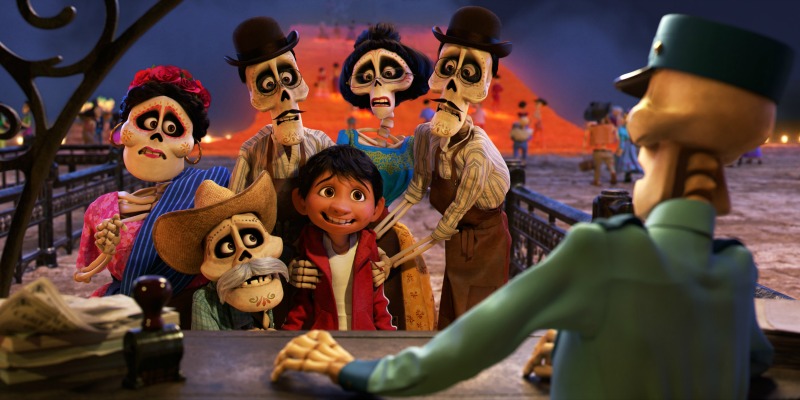
Last year, I shared a little bit about the new Disney•Pixar movie Coco and how much it moved me when I got a sneak peek. Here are some behind the scenes facts, images and insights from the film, especially about animating skeletons. I have recently updated this post with new information in Oct 2018, the original post was from October of 2017.
This year, I'm encouraging everyone to watch Coco again, and at least once a year. I'm using the hashtag #CocoEveryYear to spread the word. What do you think? Who's in? Also, if you live in the LA area, be sure to check out my post about a special viewing of Coco in the open air on Oct 20, 2018, which includes special performances. Don't miss finding out about my discount code for the event in that post.
RELATED POST: The Music of Coco Fun Facts
Coco opened in U.S. theaters on November 22nd, 2017. In Mexico, it opened in theaters on October 27th. Near the time of the opening, I found it fascinating to learn from Coco's team of animators about the special challenges they faced bringing these characters to life, and I thought you would, too.
Each new Pixar film, of course, presents new challenges, that's part of the fun of having the gig and living on the frontier of animation in the first place. But making skeletons look lively had to be one of the most monumental challenges they've faced. As always, they succeeded.
How did they do it?
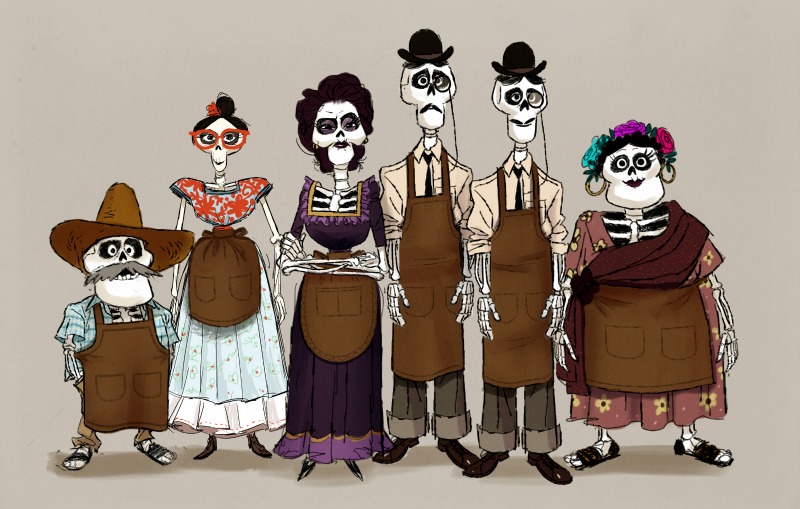
Fun Facts about the Skeletons of Coco
In an interview at Pixar, Daniel Arriaga (Character Art Director), Gini Santos (Supervising Animator), Byron Bashforth (Character Shading Lead) and Emron Grover (Simulation Technical Director) told us they had never animated skeletons before and bringing them to life was difficult to say the least.
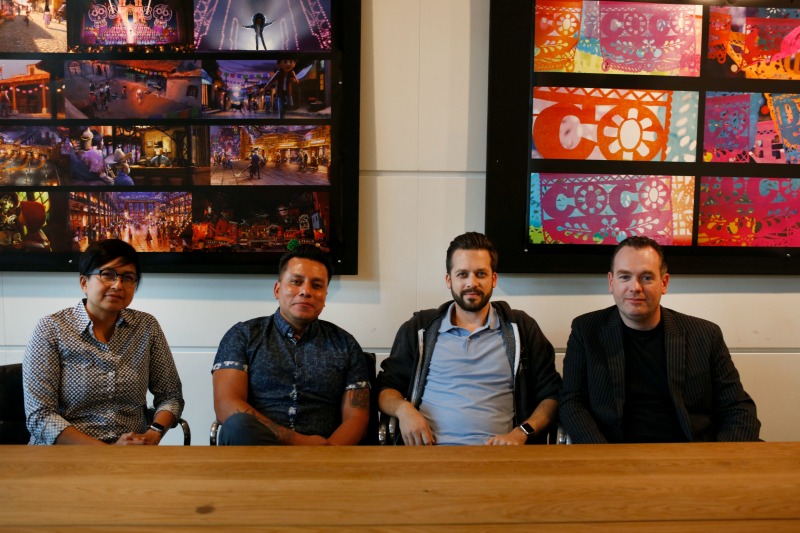
They began by studying the human skeleton, but they also studied the rest of the muscles and tissues of the body. They then started drawing simple sketches, and moved to creating sculptures.
They soon realized they had to answer a few important questions in order to have a better idea of the task facing them: For instance, would the skeletons need eyelashes? Would they have hair or use wigs? Would the skulls have face paint? Would they need clothing? How would they show different expressions? How would they move?
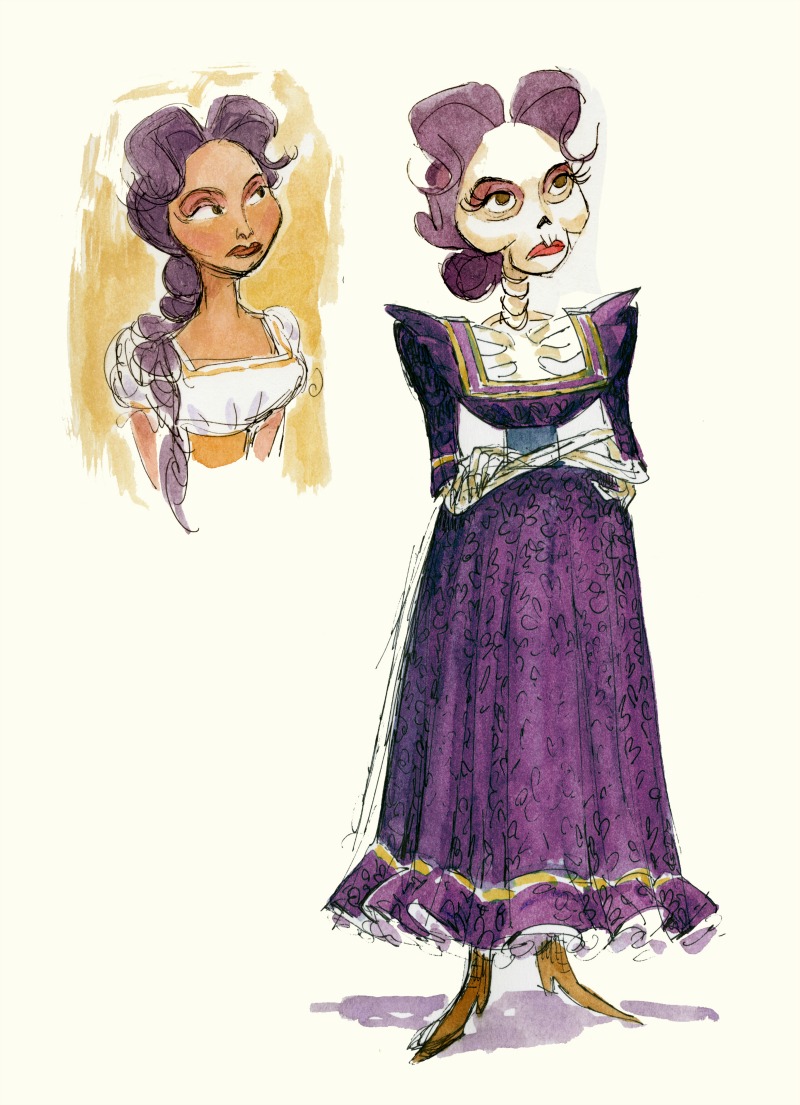
Animators even used Mexican caricaturist Luis Carreño's painting of “Jorge Negrete” to sketch a skeleton over it in order to see how it would look.
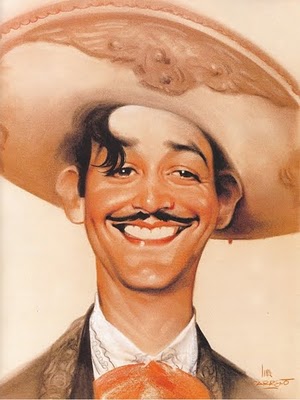
Also challenging, skeletons are lighter in weight, so animators had to study the principles of weight and balance. They researched what holds bones together and how bones move independently. These insights became vital to the film, because in it, skeletons “break” and rearrange themselves in funny ways.
One particular character, Hector, was inspired by the character Ratso, played by Dustin Hoffman in the film Midnight Cowboy. Be sure to notice how Hector walks in the film!
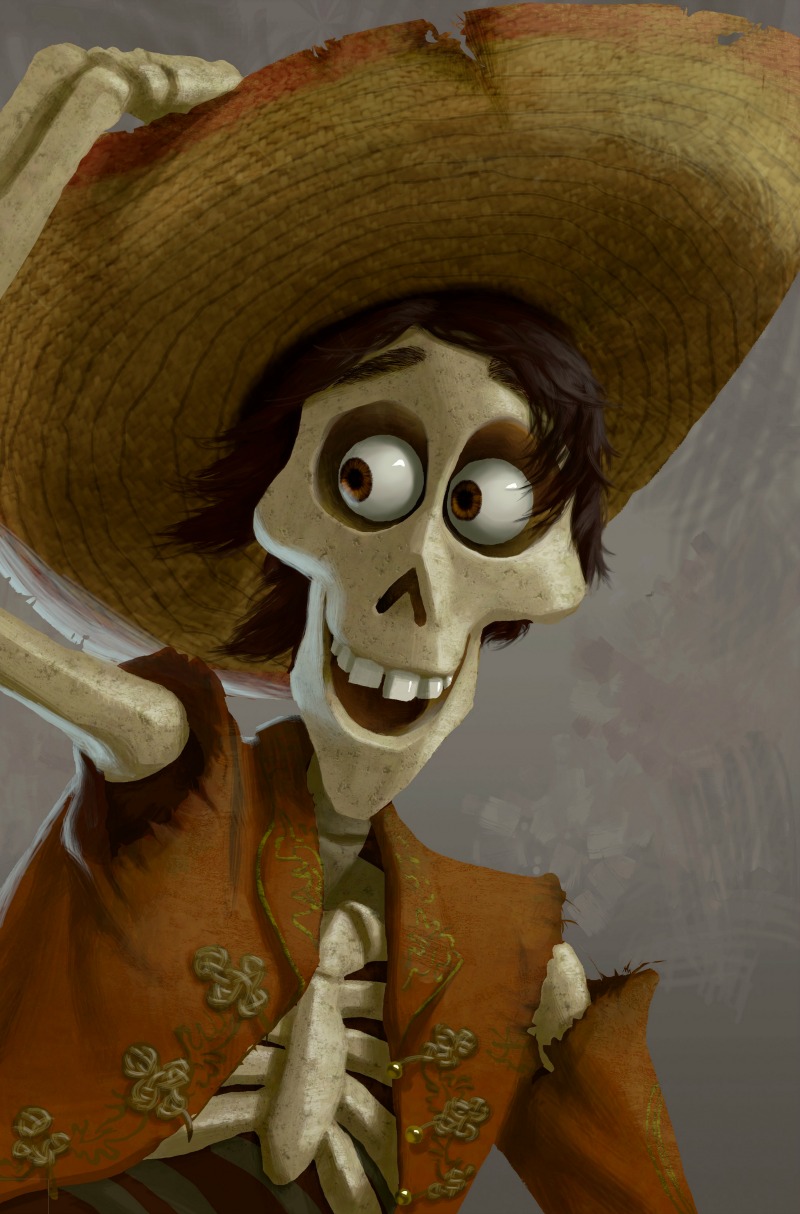
In order to show a range of emotions and create expressions the audience could connect to, animators made a conscious decision to break with their traditional guideline, “stay true to the materials,” by adding eyeballs and lips to their skeletons. The skeletons still don't have tongues, though.
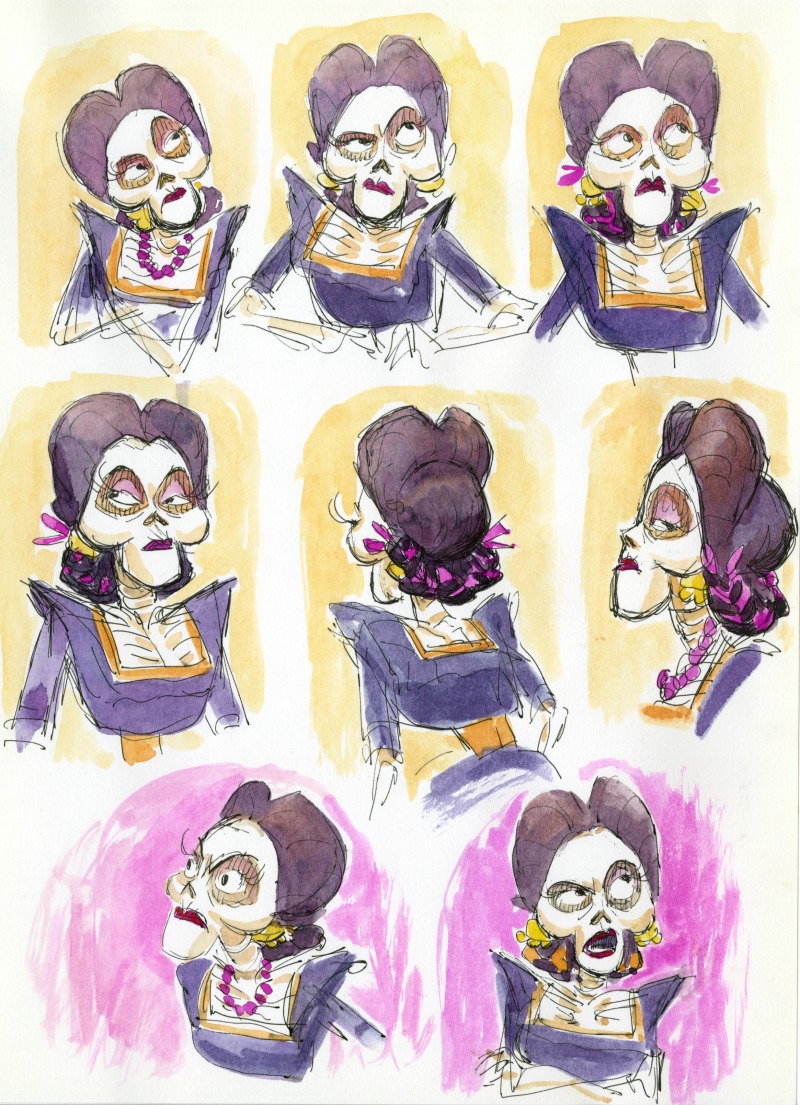
Another big challenge, Pixar animators had never clothed skeletons before. After running their clothing program called Collisions, they discovered the fabric would get stuck in the skeletons' bones, or would fill in the cracks and holes of the bones. So they spent a couple of years developing a new Collisions system to handle this new challenge.
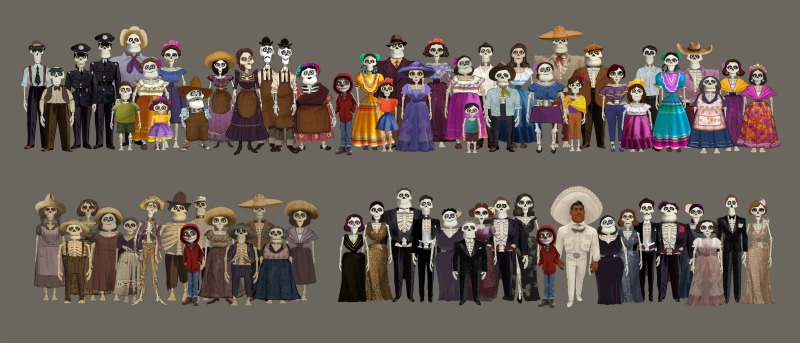
Also, since skeletons are so similar in shape and color, animators added face paint to the skulls to give each its own personality.
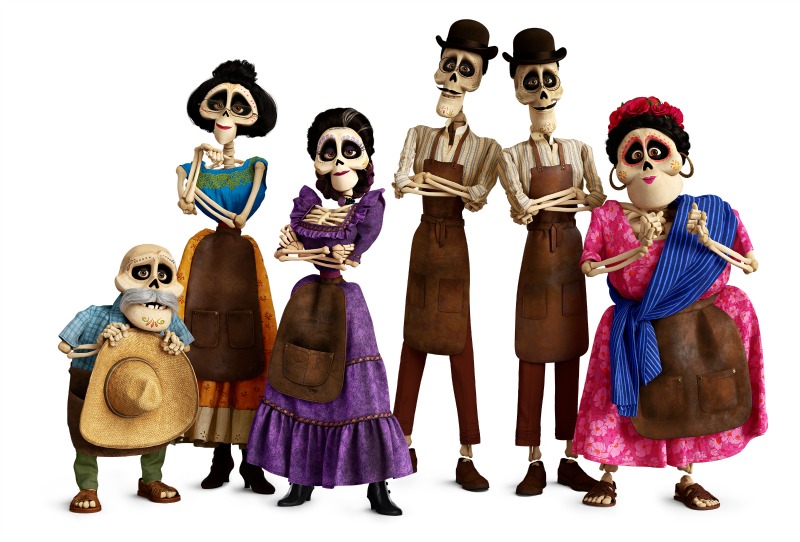
Here's a chance to see them in action in the following trailer (If you are reading this post via email, to see the video, just click on the title of this post at the top of your email to go to Mama Latina Tips, thanks):
Well, I hope you enjoyed getting the chance to read about just some of the challenges animators faced in bringing Coco to life! Knowing all the hard work they put in makes me appreciate even more the achievement of this spectacular, colorful, and tender film. (By the way, you I love the music, too! Just saying!) It is truly something special.
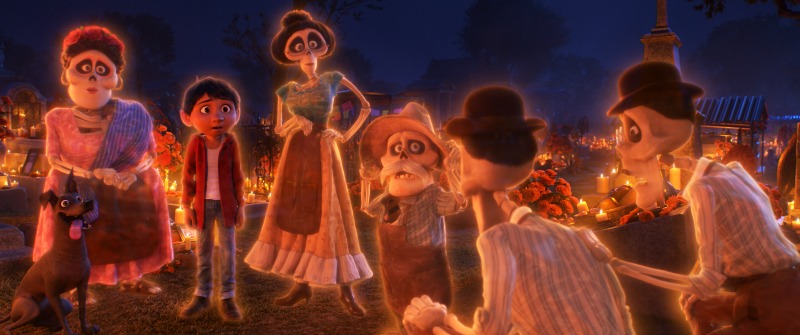
For more info and insights, and to keep up with all the excitement, follow Coco on Facebook, Twitter, and Instagram.
Enjoy!
- How to Prepare Corn Husks for Tamales: Step-by-Step Guide - November 29, 2025
- Mexican Chorizo and Potatoes (Papas con Chorizo) – Easy Family Recipe - November 29, 2025
- Traditional Guava Atole Recipe – Smooth and Creamy - November 14, 2025










